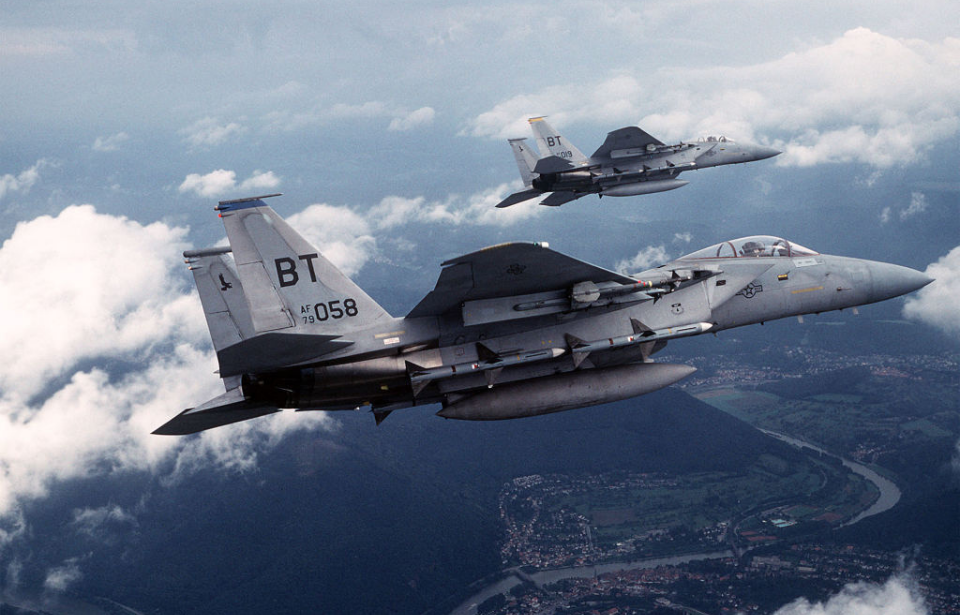Operation Desert Storm changed modern warfare as we know it. Newly-introduced stealth technologies, GPS, advanced aircraft radar and missile warning systems employed by the US Air Force revolutionized not only war, but the technologies we now use on a daily basis.
The beginnings of the Gulf War
In January 1991, Operation Desert Shield gave way to Operation Desert Storm with intense aerial bombings in Iraq. The United States, along with a coalition of 35 other countries, launched attacks following the illegal Iraqi invasion and occupation of Kuwait in August 1990. Iraq legitimized the attack by blaming Kuwait’s petroleum industry, which surged throughout the 1980s. The country continued to export oil well over its intended quota, which kept gas prices low around the globe.
Iraq saw Kuwait’s success as a direct threat to its own oil industry. When Kuwait refused to lower its production, Iraq interpreted this as an act of aggression – legitimizing an attack on the small country. Iraq successfully took over Kuwait in just two days, prompting global outrage.
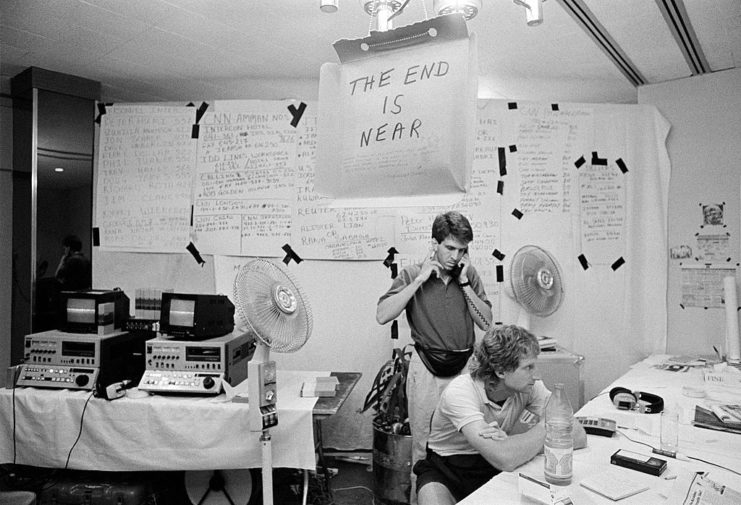
The coalition that formed around the Iraqi invasion was the largest military alliance since World War II. Countries like the United Kingdom, Egypt and Saudi Arabia banded together with the US to retaliate against the Iraqi occupation. Day and night, coalition aircraft bombarded Iraqi forces with cruise missiles, dropping over 88,000 tons of bombs and flying more than 100,000 sorties.
The first high-tech war
Iraq’s anti-aircraft defense systems were no match for the high-tech capabilities of coalition aircraft. The Gulf War was the perfect opportunity for the US to use technologies that Iraqi forces were far from developing on their own. GPS was particularly influential in pinpointing enemy targets, knocking out Iraqi radar warning sites and targeting enemy missiles.
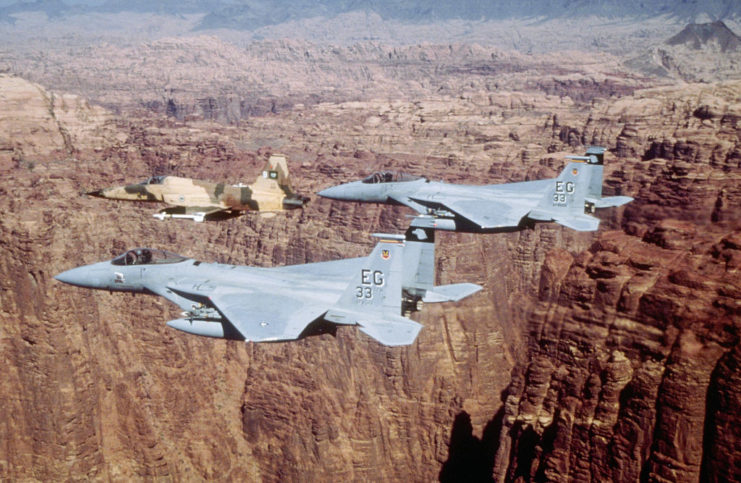
GPS was so new at the time that only a handful of aircraft had it installed, like the Sikorsky MH-53 Pave Low helicopter. They could not only pinpoint enemy targets, but also track the movements of enemy troops and enable stealth bombers to go undetected on radar.
The goal of Operation Desert Storm was to eradicate early warning radar stations in Iraq for coalition planes to enter the airfield without the threat of attack. The operation was successful, thanks to impressive new technologies.
In the skies
Many pilots were unaware of just how influential these new technologies would be in the future and how desirable they were to enemy nations. This gap between advanced US technology and the primitive technologies of the Iraqi government played a major role in the success of Operation Desert Storm.
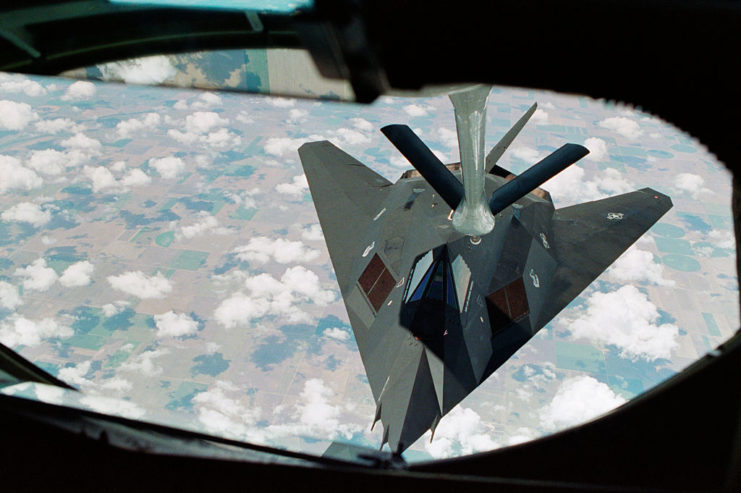
The aircraft involved in the mission included: F-117 Night Hawks, F-15 Eagles, B-52 Stratofortresses, A-10 Warthogs, MH-53 Pave Lows and AH-64 Apache attack helicopters. Weapons dropped included AGM-65 Maverick missiles, Mk 84 penetrators and Mk 82s. The anti-armor AGM-65 Maverick was the most high-tech weapon used in the Gulf War, using a camera to guide itself to the correct target.
On the ground
Following 42 days of air attacks, the US coalition moved into Kuwait. The ground war was fought in just 100 hours and was successful due to US-employed tactical deceptions, practicing maneuvers along the shores of Kuwait to suggest to onlooking Iraqis that they would attack along the coastline.
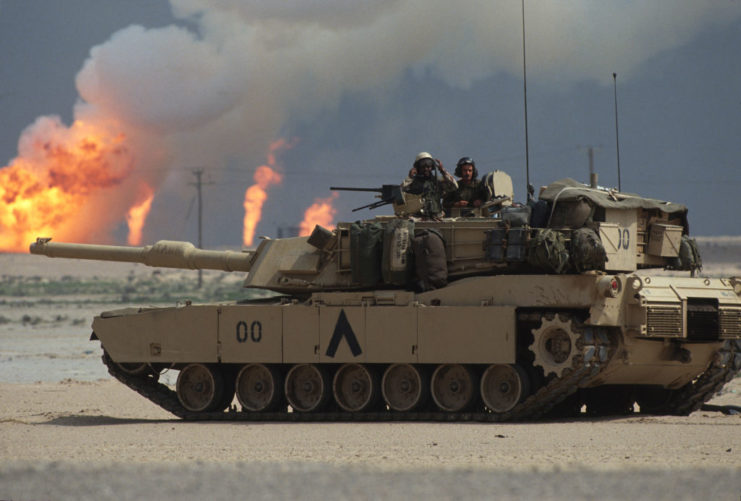
Coalition forces were equipped with 1,487 tanks, 1,384 infantry fighting vehicles, 568 artillery pieces, 132 multiple rocket launchers, eight missile launchers and 242 attack helicopters. With the bait set, US forces attacked further inland, which allowed them to advance quickly.
High-tech instruments were also used on the ground in Kuwait, specifically the US Army’s M1 Abrams tanks, which were equipped with thermal infrared imagers that allowed them to spot Iraqi tanks without needing visible light. Many of these tank battles, such as the Battle of Medina Ridge, became some of the largest in American military history.
Victory over the Iraqi forces
Ultimately, the Gulf War lasted just over six months, from August 1990 to February 1991. The US and coalition forces were able to expel the Iraqi military from Kuwait and restore Kuwaiti independence with minimal casualties. The Iraqi forces were not as lucky – between 20,000 and 50,000 Iraqis died during the conflict.

More from us: 5 Of The Greatest Tank Battles Of All Time
The success of Operation Desert Storm relied heavily on new military technologies, paving the way for how modern warfare plays out today, including in the ongoing Russian invasion of Ukraine and conflicts in Syria and Afghanistan.
